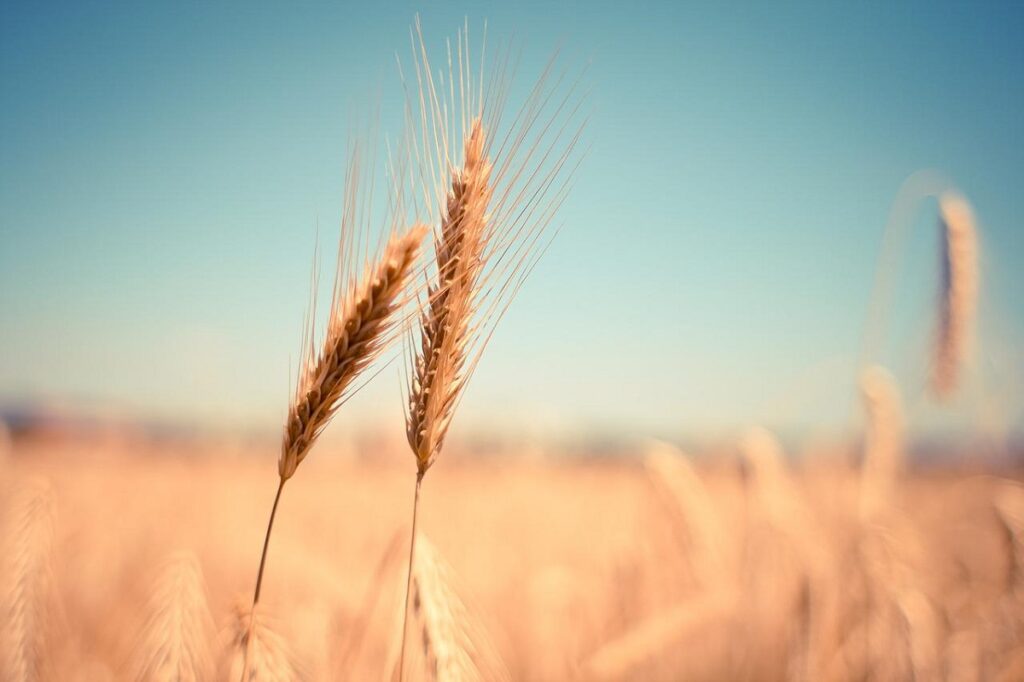The Food and Agriculture Organization of the U.N. (FAO) unveiled a new roadmap to curb famine and food insecurity – a move welcomed by many, including the Biotechnology Innovation Organization (BIO).
At this year’s COP28 UN Climate Change Conference, the FAO presented a Global Roadmap to reach Sustainable Development Goal 2, which is focused on food security, while maintaining the 1.5C threshold set in the Paris Agreement.
“Global agrifood systems are the climate solution,” said FAO Director-General Qu Dongyu, who addressed the World Climate Action Summit.
“BIO applauds the iterative approach outlined by the UN. Defining specific milestones and setting realistic—yet ambitious—goals to transform agri-food systems will allow us to address climate challenges without endangering food security or agriculture-based livelihoods,” said BIO Chief Policy Officer John Murphy.
What is SDG2?
SDG2 is one of the 17 Sustainable Development Goals set by the United Nations in 2017 to make change globally, especially for low- and middle-income countries. Goal 2 specifically pertains to ending hunger and malnutrition.
To achieve this goal, the UN FAO outlined a comprehensive strategy laid out as a three-year journey, “encapsulated in the United Nations Climate Change Conference (COP) 28, COP 29 and COP 30,” FAO said.
The roadmap covers solutions from livestock nutrition to soil and water quality to deforestation and lowering emissions.
At its core, SDG2 aims to “create a world free of hunger by 2030.” The UN has defined a list of eight targets and 13 indicators designed to avoid “doomism,” David Laborde, Director of the Agrifood Economics Division at FAO, told UN News.
Zero Hunger by 2030
The number of people who face famine is growing each year. The latest data estimates between 691 and 783 million people went hungry in 2022, marking a staggering surge of 122 million people compared to pre-pandemic levels in 2019, according to this State of Food Security and Nutrition in the World (SOFI) report.
“We need policymakers to act. We need the civil society to be mobilized and the private sector to understand that making better choices today means making investments more sustainable and more profitable for tomorrow,” Laborde explained.
The report further notes that in 2022, nearly 29.6% of the population globally had no constant access to food – equivalent to 2.4 billion people.
Additionally, nearly half (42%) couldn’t afford healthy diets in 2021.
“No doubt, achieving the Sustainable Development Goal target of Zero Hunger by 2030 poses a daunting challenge. Indeed, it is projected that almost 600 million people will still be facing hunger in 2030. The major drivers of food insecurity and malnutrition are our ‘new normal,’ and we have no option but to redouble our efforts to transform agrifood systems and leverage them towards reaching the Sustainable Development Goal 2 (SDG 2) targets,” the WHO report’s foreword states.
FAO Global Roadmap’s broad goals
Achieving SDG2 without breaching the 1.5C threshold: A Global Roadmap discusses 120 actions divided into ten domains:
- livestock
- fisheries and aquaculture
- crops
- enabling healthy diets for all
- forest and wetlands
- soil and water
- food loss and waste
- clean energy
- inclusive policies
- data
The key milestones in the FAO Global Roadmap include cutting 25% of methane emissions from livestock between 2020-2030, ensuring more than 75% of global fisheries are sustainably managed between 2020-2040, halving global food waste both at retail and consumer levels by 2030, and reaching zero gross-deforestation achieved globally by 2035, explains Bloomberg.
BIO is on board with FAO’s efforts, as highlighted in this statement. BIO points to several key elements:
- Recognizing the importance of livestock for nutrition and employment while reducing emissions through improved animal feed.
- Enhancing the sustainability of aquaculture.
- Improving soil health and water quality through regenerative farming practices, reduced chemical use, etc.
- Reducing deforestation.
- Decreasing food waste.
- Lowering emissions from crop production and protecting crops from climate impacts through breeding and genetics.
- Accelerating bioenergy production and adoption.
- Protecting transparent global trade.




